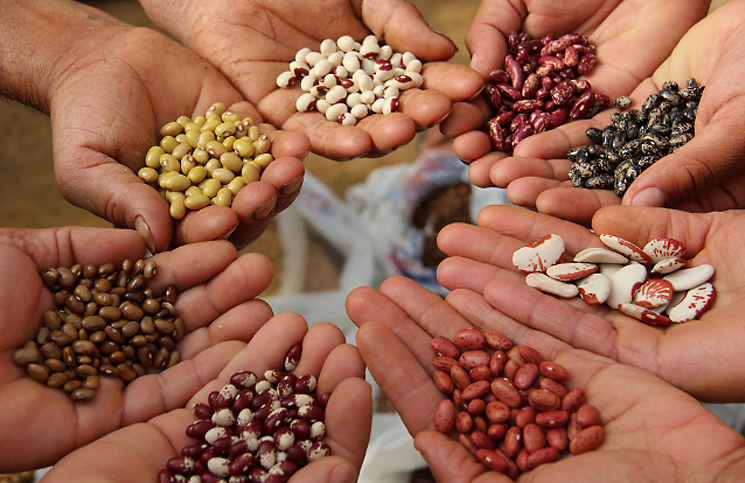 In the world of vegetable production, purveyors of GM seeds promised great things for the global community, trumpeting there would be greater food production and reduced pesticide use in a relatively short time. GM seeds were the answer for a starving world. This was in the late 80’s -90’s. Canada and United States bought into that message. Western Europe did not.
In the world of vegetable production, purveyors of GM seeds promised great things for the global community, trumpeting there would be greater food production and reduced pesticide use in a relatively short time. GM seeds were the answer for a starving world. This was in the late 80’s -90’s. Canada and United States bought into that message. Western Europe did not.
The twofold promise of genetically modified seeds was first, to make crops immune to the effects of weed killers and inherently resistant to many pests, and second, because the plants form these seeds would grow so robustly that GMO seeds would be heralded as indispensable in feeding the population of a growing world. This would also require less spraying of crops with pesticides.
It is a failed promise.
In the past twenty years the analysis of yields from both the U.S. and Western Europe reveals little difference between crops of non-GMO seeds in Western Europe and crops using GMO seeds in the U.S. and Canada. Overall pesticide use has increased in the U.S. while in France there have been major reductions in overall pesticide use. The vaunted abundance of crop yields has failed to materialize. One would assume similar statistics in Canada. This increase occurs despite GMO being the seed of choice planted for the major crops of corn and soybeans in North America. The reality is that herbicide use on corn & soybeans has soared. Making more profits for Monsanto. Farmers cannot save their own seed and are tied contractually to purchase GMO seeds. Although Western Europe is closed to GMO, Monsanto boasts of surging markets in other places of the globe.
One is reminded of the story of David & Goliath. Yet, resistance to corporate greed is not without effect. Although some markets are certainly soaring for Monsanto, there is resistance, notably in Africa, India and South America. And they are statistically significant. Just not reported as such. There are pieces of light in the darkness of corporate deceit.
One is also reminded of a vulnerable child born in a stable, in a time of deep darkness. A light that could not be quenched. A promise that was and is fulfilled. It is to believe in the light that is stronger than any darkness of heart. We are part of those pieces of light that pierce the darkness of corporate greed every time we pray for organic farmers, buy organic food and wherever we can plant heritage seeds, whether it be on a balcony or in a field. Sometimes these seeds will be planted in our home gardens, sometime they will be the seeds of hope planted in our prayers. We all are part of bringing to birth the promise of God’s kin-dom. All are needed to quench the darkness and bring the light of God’s love to birth in our world and in our time. One seed at a time.
Linda Gregg CSJ





